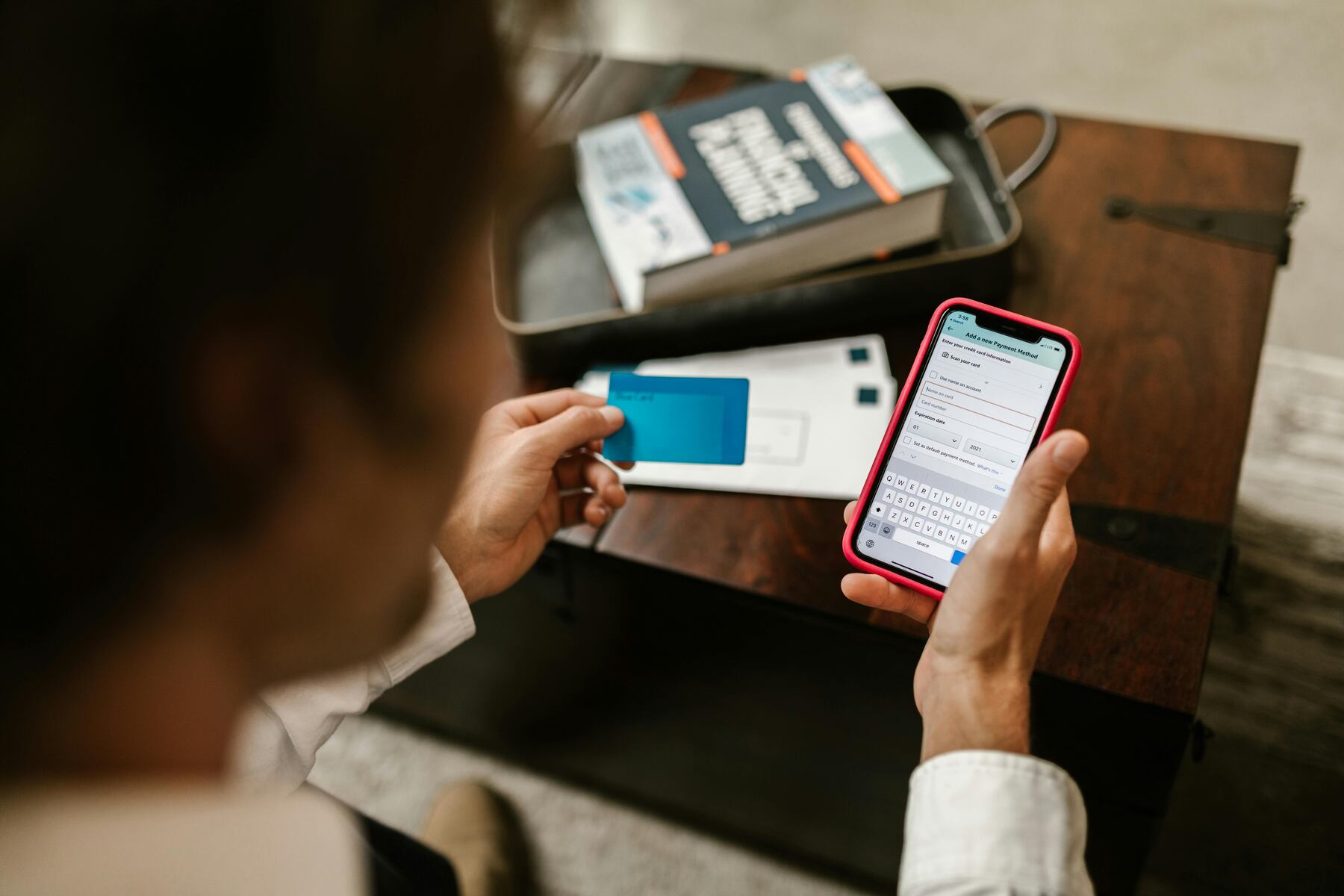What if your card was declined at the restaurant because of insufficient credit? Even if you resolve the issue within minutes, it is still embarrassing. A common reason is pending charges. It can happen to card members of any issuer, including Capital One.
So, does a Capital One credit card balance include pending? This article gives you the best-explained reply.
Does a Capital One Credit Card Balance Include Pending?
A Capital One credit card balance does not include pending. That said, you must know that your card has three types of balances:
- Current balance – does not include pending charges
- Available balance – includes pending
- Statement balance – does not include pending transactions

Remember that pending charges do not show up on statements until they are posted. A merchant must verify them, and your issuer must process them. If you suspect a credit deduction you did not authorize, you must contact your issuer immediately.
What Are Pending Transactions?
Some transactions don’t reflect in your balance immediately when you use your Capital One card. These are known as pending transactions. They are temporary authorizations that reserve funds for a purchase. The merchant still has to process them.
They are a protective measure adopted for a smooth transaction and to prevent overspending. Pending charges include:
- Purchases – When you shop, the amount may show as pending.
- Deposits – If you deposit money, it can appear as pending initially.
- Payments – Made a payment? It could take time to settle.
The duration of a pending status can vary as it takes a few days to finalize. Remember, once a transaction moves from pending to posted, it will be reflected in your balance.
Effects of Pending Transactions on Your Balance
Withheld transactions can confuse you about your available credit and the due balance. Unprocessed charges can have these effects on your credit:
- As soon as a transaction is marked as pending, your available credit may decrease. This means that even if the transaction is not posted to your account, you will have less credit to use. For example, if your card has a $1,000 limit and you have a $100 pending transaction, your available credit is $900.
- You may have to reduce credit utilization for a while to maintain the ideal >30% ratio. You can set automatic alerts with Capital One to stay informed about your balance.
- Some hotels might hold more than the purchase amount. It is a security measure, and the credit will be released once you have made your checkout. Nonetheless, you won’t have access to that amount until your stay lasts.
Canceling a Pending Transaction
You might cancel a pending charge because of a low credit limit. Or, you may not want to avail of the merchant’s services anymore.
Here’s what you can do:
- Contact the merchant – This should be your first step. If the transaction is a mistake or you’ve had second thoughts about a purchase, reach out to the merchant directly. They can often reverse the charge before it is finalized. Remember to be polite and not to get frustrated with them.
- Speak with your bank – If the merchant is unresponsive or unable to assist, you may call Capital One. They can advise on your specific situation and help with pending charges that are erroneous or fraudulent. We advise you to keep a record of the receipts and conversations between you and the merchant.

Current Balance vs. Available Balance
Understanding your credit card balance is imperative in managing your finances. Your statement balance is the total amount you must pay every month. That said, you should know about your current and available balances, too.
Current Balance
It includes every charge you have to pay since you got your card. You can also call it your “outstanding balance”.
Although most people prefer to pay the statement balance, it is ideal if you clear your current balance. This will bring your debt down to $0. It can allow you to make big purchases.
Available Balance
Your available balance is more dynamic. It is the money you can spend now. You get a clearer picture of available credit here because the pending transactions have already been deducted.
Disputing a Pending Charge
Unfortunately, you can not dispute a pending charge. You must wait for them to be posted before you file a dispute. It could take a few days, so the best course of action would be to contact the seller first.
Once the disputable transaction is posted, you can file it through your online account or mobile app. Alternatively, Capital One provides a contact number where you can call and receive assistance directly from a representative.

Related Questions
Why Is Capital One Credit Not Available After Payment?
Credit is not available immediately after payments because they take time to process. Note that a temporary hold could be placed during this period on the funds you have paid. It happens because the payment must be authorized and fully cleared by the card issuer. You will see your updated available credit after the payment has been settled.
What Time Does Capital One Release Funds?
Capital One generally releases funds by the next business day once a payment has been processed. However, the processing time can sometimes vary. Funds from a deposit or payment may be available after a transaction is authorized by the merchant and processed by the bank. The delay happens to rule out disputes, declines, or cancelations.
What Is the Difference Between the Current Balance and the Available Balance?
Your current balance is the total amount you owe on your Credit Card, including pending transactions like those at a gas station where a hold might be placed for incidentals. Alternatively, your available balance is what you can actually spend. It does not include any holds or pending transactions.
Conclusion
Your Capital One card balance does not include pending charges until the bank processes them. However, your available balance shows you the amount you can spend after deducting pending transactions. You can cancel a withheld transaction by contacting the merchant immediately. If they are unresponsive, you can contact your bank to cancel it.